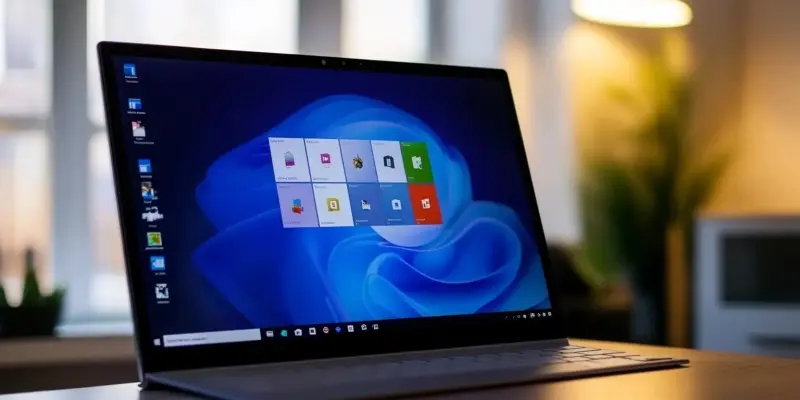With Windows 11’s release, users are grappling with changes like the centered taskbar and revamped Start menu. These new features don’t appeal to everyone, resulting in mixed reactions from Windows fans who miss the traditional layout. While innovative, this transformation has stirred up demand for solutions to bring back classic Windows themes and familiar experiences.
To address this, several third-party tools have been developed to restore cherished elements from earlier Windows versions. One standout is Windows Vista 2025 Edition, combining the nostalgic design of Windows Vista with the advanced features of Windows 11. This unique hybrid appeals to those who want the comfort of a traditional look without losing modern functionalities.
For users open to new enhancements, the Windows 20 Style Theme, also known as Windows 23, is a compelling option. It refreshes Windows 11, improving visual appeal and functionality. Should it not meet user expectations, it can be easily uninstalled, showcasing its flexibility. A video tutorial by LinkVegas guides users through the installation process, recommended to be first tested on a virtualized Windows 11 using VirtualBox.
The necessary installation files for the Windows 20 Style Theme are available on GitHub, highlighting the open-source community’s role in customization options. These themes and tools emphasize personalization trends in the tech industry, offering pathways to modify Windows 11. Users can either revive nostalgic elements from past versions or embrace new designs that enhance satisfaction. This focus on tailored user experiences highlights a shift in modern computing, where individual preference and control are essential.

